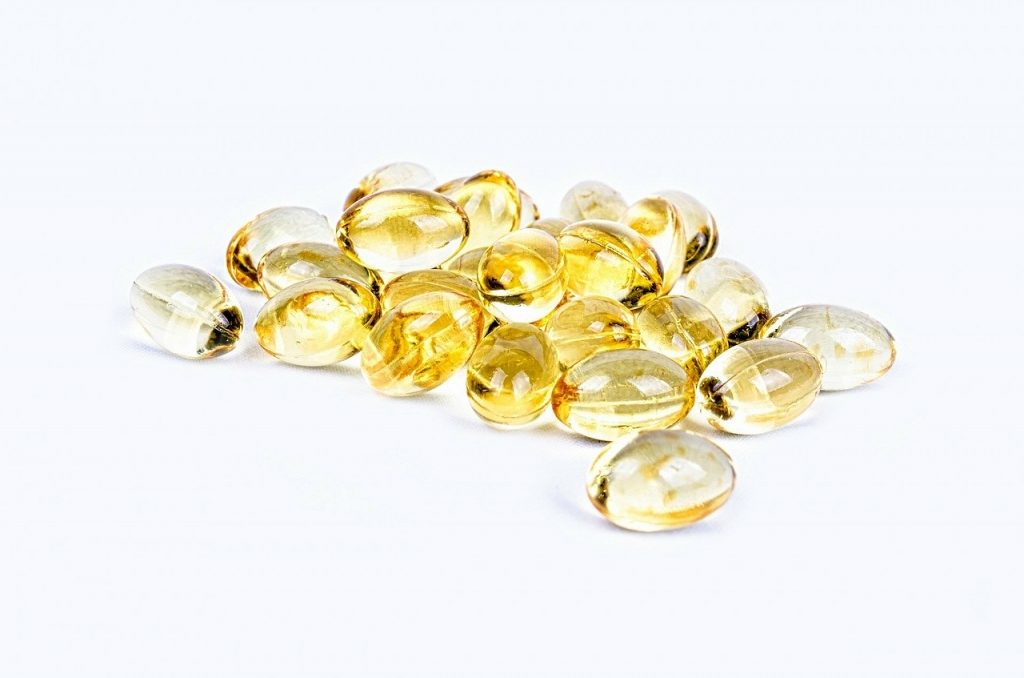Vitamin D, Immune Function, Colds and Flu

When first discovered, vitamin D was thought to only support bone health. It was noted that children deficient in vitamin D developed a condition known as rickets with weak bones (Julies 2020). However, over the last 30 years research on vitamin D has been revealing multiple effects on immune function. While there is no research on vitamin D and its relationship with coronavirus that I could find, there is solid evidence that vitamin D may help prevent upper respiratory tract infections, including colds and flu.
What is Vitamin D?
Vitamin D is actually considered a prohormone, not a vitamin. Most of your vitamin D is created from sunlight hitting your skin. Once vitamin D is created, it is then activated in your liver and your kidneys. From there, active vitamin D acts as a hormone regulating calcium levels and immune function. In addition to sunlight, you can get small amounts of vitamin D from some foods as well.
Effects on Immune Response
Studies on infectious disease response suggest that vitamin D increases your white blood cells ability to target and destroy infections while decreasing inflammation (Medrano 2018). Vitamin D is also crucial for production of cathelicidin, a natural antimicrobial compound that can help clear infections (Campbell 2013).
Vitamin D for Cold and Flu Prevention
If vitamin D modulates immune responses, then does vitamin D help in preventing colds and flu? The latest research appears to suggest that it does.
In individuals with really low vitamin D levels (<10 ng/ml), vitamin D supplementation reduced colds and flu by 70%. In individuals with levels above 10 ng/ml, it decreased colds and flu by 25%. From this data, in deficient individuals, vitamin D appears to make a dramatic difference in susceptibility to colds and flu (Martineau 2017).
They also found that taking large individual doses of vitamin D to raise levels quickly was not effective. Subjects only appear to get immune benefits from weekly or daily dosing. Generally, I have recommend daily dosing of vitamin D. Historically people would have gotten their vitamin D from being outside in the sun on a daily basis.
So How Much Vitamin D Should You Take?
I wish dosing vitamin D was simpler, but unfortunately you have to test blood levels. Over the course of my practice, I’ve probably seen a couple thousand vitamin D tests. Most often, people’s levels are low. However, there are strange outliers, people that don’t get much sun and don’t take supplements that still had shockingly high vitamin D levels naturally. Since too much vitamin D can cause harm, you need to test. After finding your levels, you can supplement appropriately to bring levels up to around 50 ng/ml. The proper vitamin D test to assess your status is 25-hydroxyvitamin D. Typical dosing in someone who is deficient is around 4000-5000 iu per day, but again, it can be highly variable.
In my opinion, it’s also preferable to use vitamin D3 over vitamin D2. Vitamin D3 is the animal form, whereas D2 comes from plants. Studies potentially suggest that vitamin D3 may have more benefits with less toxicity. It makes sense, since vitamin D3 is the type our bodies produce naturally (Tripkovic 2012, Houghton 2006).
Conclusions
Vitamin D appears to play a role in preventing colds and flu. If you or someone you know struggles with getting sick frequently, have their levels tested. If they are low, you can supplement to normalize levels. From what we know, it appears that treating a vitamin D deficiency will help keep you healthy.



